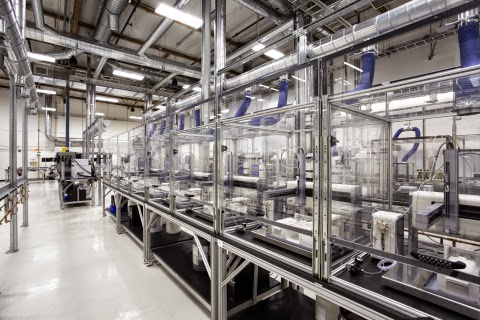Sea Turtle Given 3-D Printed Prosthetic Jaw
A 45 kg loggerhead sea turtle has been given a 3-D printed prosthetic jaw, from the Dekamer Sea Turtle Research, Rescue and Rehabilitation Centre on the coast of Turkey. Akut-3, which has been named after the search and rescue team that found it, had been struck by the propeller of a boat and its jaws were nearly destroyed.
This injury could prove to be fatal but Akut-3 was brought back to health by the Dekamer sea turtle rescue and rehabilitation centre. The sea turtle is one of the first of its kind to receive a 3-D printed prosthetic, after its success proclaimed on 14 May.
The turtle had been floating in the water back in July 2014 after being struck by the propeller of the passing boat where its injuries comprised of a fractured jaw where almost 60% of the lower and upper jaw towards the right side of his face was missing.
Where some humans tend to have a careless attitude to wildlife, there are others like those at Dekamer Centre who reach out in support and help them. The rehabilitation centre then contacted the Turkish company, BTech Innovation who is known for custom-making medical prosthetics and implants for humans, to seek its help.
Use of Mimics Innovation Suite
According to 3D Printing Industry, to improve the turtle’s prosthetic, the researchers took the CT scans of the skull of Akut-3 converting it into 3D models with the use of Mimics Innovation Suite. They printed a custom-fitted jaw and beak out of the titanium.
This was attached in surgery along with the help of surgeon and veterinarian with the use of Materialise’s 3-matic software developing a prosthetic which would be able to replace the part of the turtle’s face due to the injury.
This process appeared to work well and there seems to be no doubt with the improvement in the recovery of Akut-3.The turtle is presently convalescing at the recovery centre to make sure it has adjusted to the metal jaw which has been implanted. The beak which was made of medical grade titanium substituted the loggerhead turtles’ jaws which had been sheared off when it was struck by the passing boat.
Detailed Scan Aided in Generating Design
With the help of detailed scans of the injured turtle’s head, it aided in generating the design of the prosthetic beak. The prosthetic was printed in medical grade titanium and sent to the surgical team where the same had been attached to the face of Akut-3.
After recovery from the anaesthetic, the turtle was in a position to move his jaw and is now recuperating on antibiotics to avoid any infection as the soft tissues of his face get attached to the prosthesis. Once it is fully recovered, Akut-3 would be returned to the sea to join the 47 other successful turtles that had been treated by the Dekamer Centre since its opening in 2009.
Besides the turtle that have been others too who have been benefitted from 3D printing, currently. There has been a tortoise in Denver who adapted to a prosthetic plastic shell made by a student at Colorado Technical University, when her original one had deteriorated because of poor diet.







